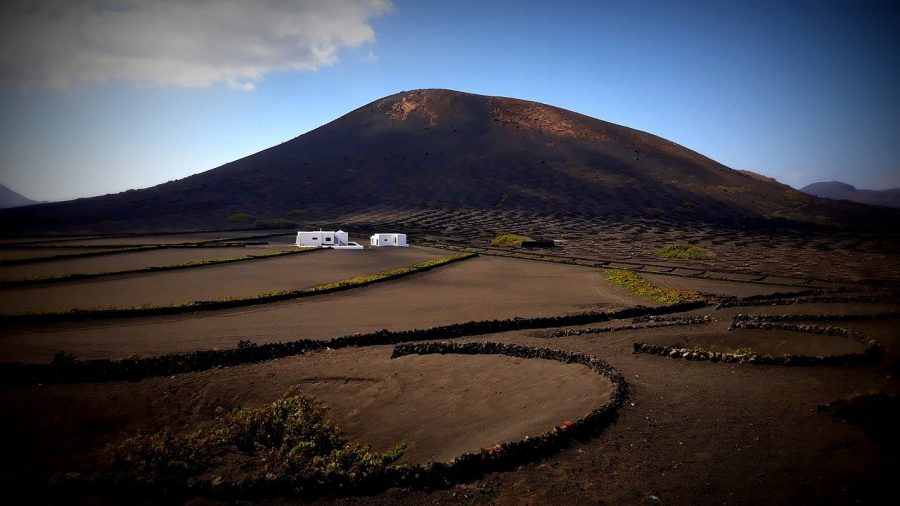The Canary Islands are experiencing terrible volcanic eruptions. The archipelago off the northwestern coast of Africa is posing possible tsunami threats to the East Coast of America. Due to the volcanic eruptions on the islands there is a possibility that part of the island will collapse into the ocean. Sending out massive waves, That could potentially hit our East Coast.
The eruptions first began on September 19, 2021. Immediately after the news broke about the event a few sources began speculating that there could be a mega tsunami if part of the island slides into the water due to the eruptions and lava covering part of the island. However, the U.S Tsunami Warning Center “ continues to monitor seismic data, sea levels and coastal water level gauges.” The Warning Center says that there is currently no threat to the East Coast.
If a mega Tsunami does hit the east coast, the effects would be terrible. Everything on the coast would be demolished. The sheer weight and speed of the water would flatten all buildings in its path. Nature would be destroyed, landscapes would be flattened and all animals would be dead. Nothing could survive being in the tsunami.
La Combre Vieja, a volcano standing at 6,394 feet tall, is erupting over La Palma island of the Canary Islands. Since September 19th this volcano had been spewing ash and lava from it’s top, ruining the landscape of the beautiful island. Close to 85,000 people are in danger from this volcano. In the coastal town of Tazacorte people were ordered to stay home due to toxic gas arising from lava that fell into the ocean, according to The Guardian. Although advised to be in homes, many do not have one anymore. Thousands have been evacuated from their homes and the island. ABC News says 656 or more buildings have been ravaged by lava, mostly homes.
These gasses that appear in magma are the main source of propulsion of the magma. Most of the gas is water vapor but the CO2, among other gases, released is toxic to animals and humans. According to the USGS Volcano Hazards Program, air breathed with more than 3% CO2 leads to discomforts such as dizziness, headaches, and difficulty breathing.
Sulfate aerosols damage humans and wildlife on a more severe level. Skin burns, lung damage, and asphyxiation are all effects of breathing in sulfite aerosols. This becomes a severe problem when people are without homes and mostly unable to flee the island.























